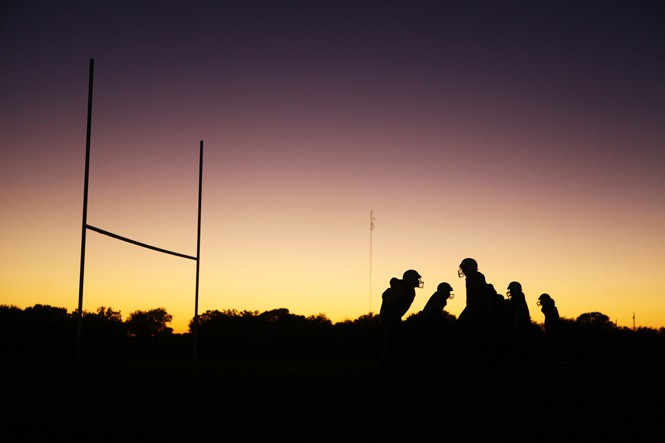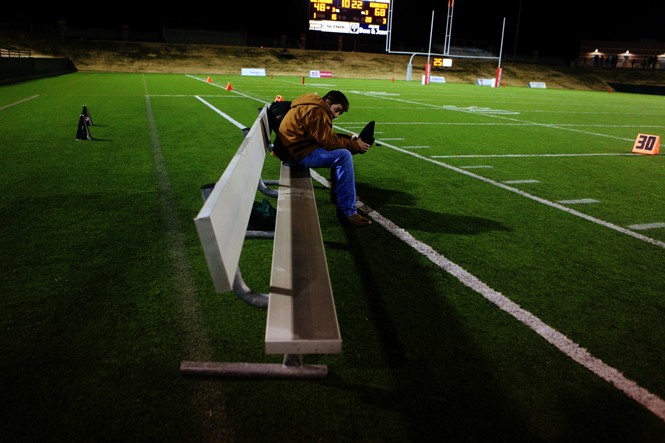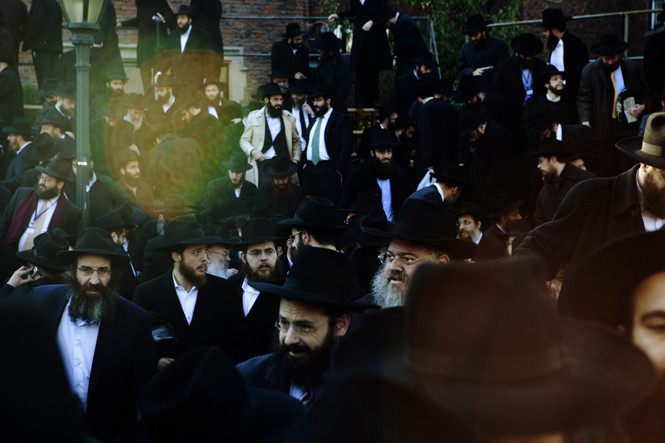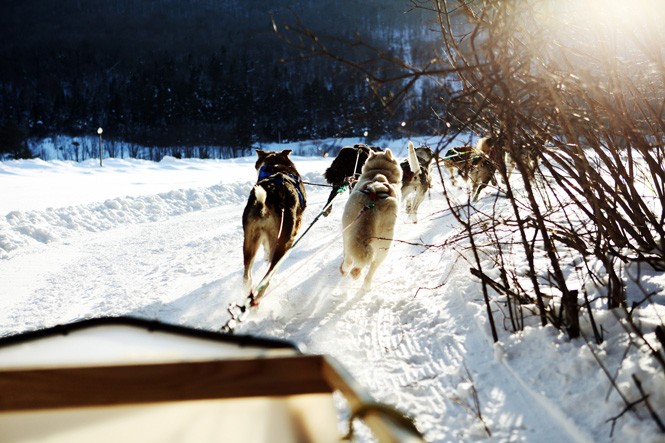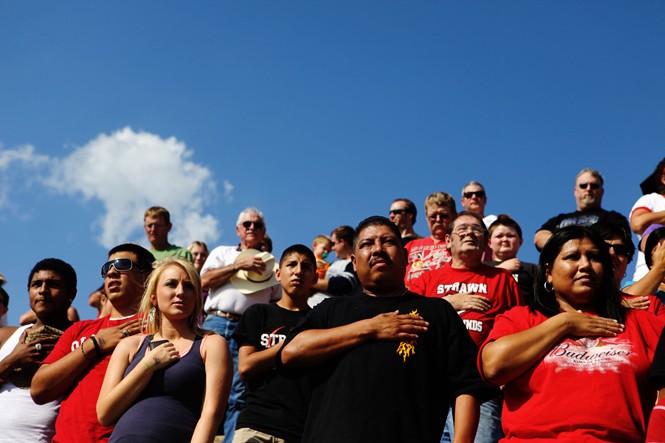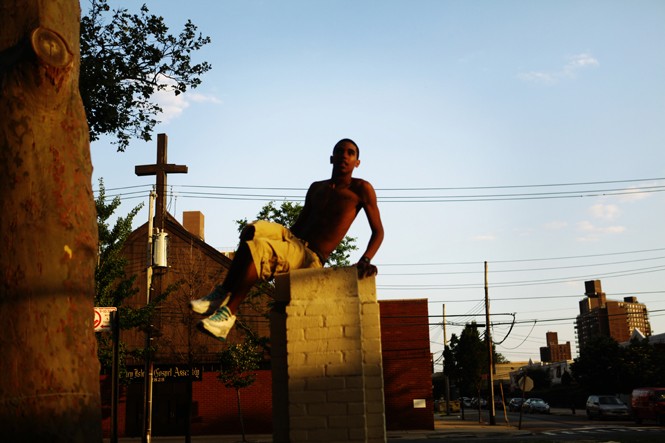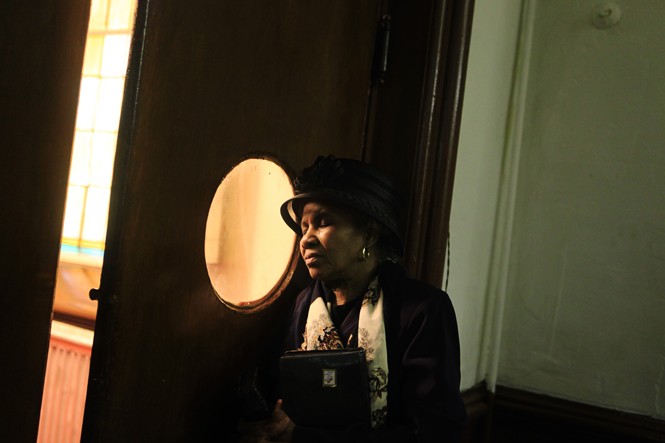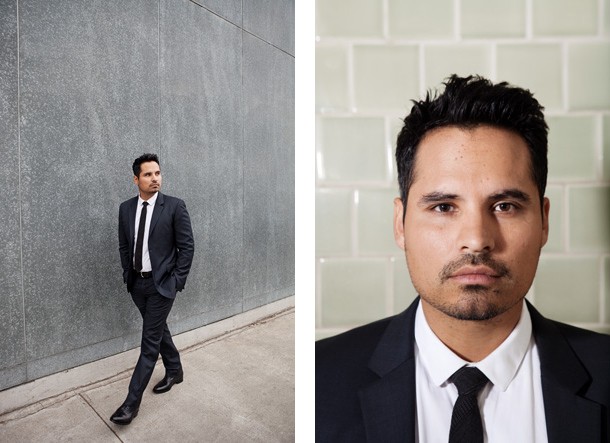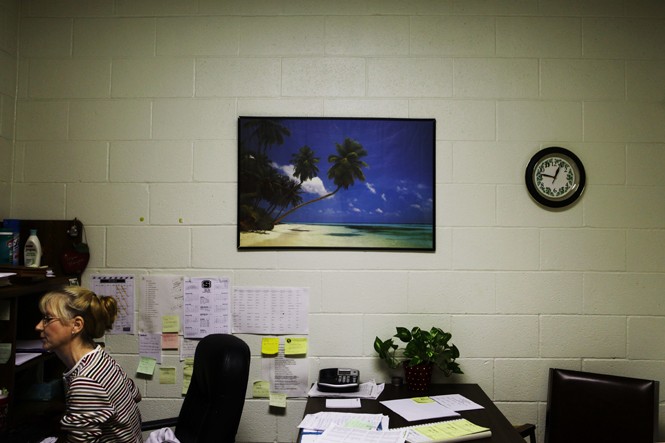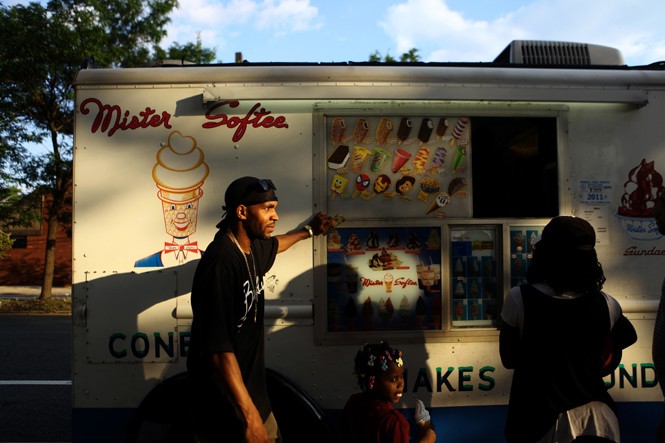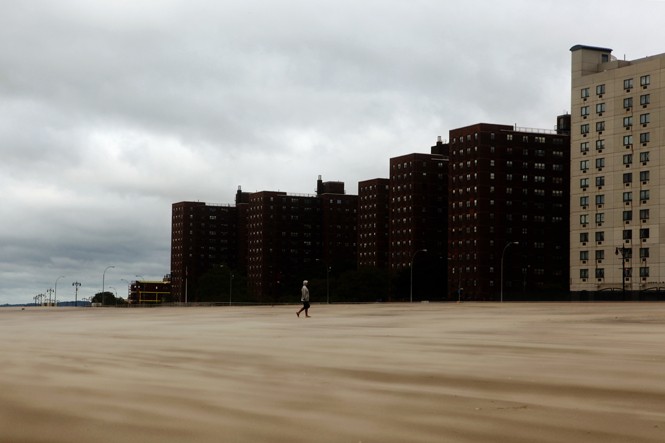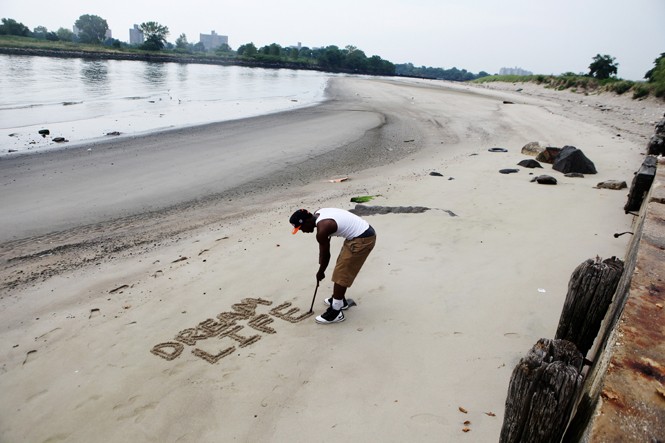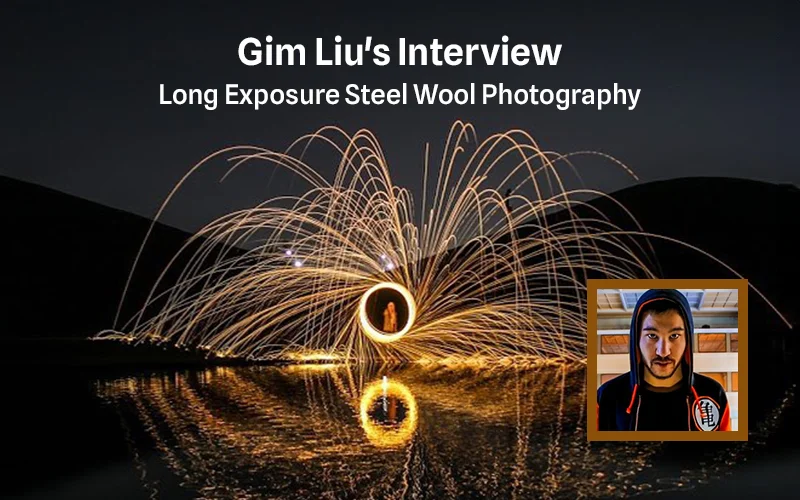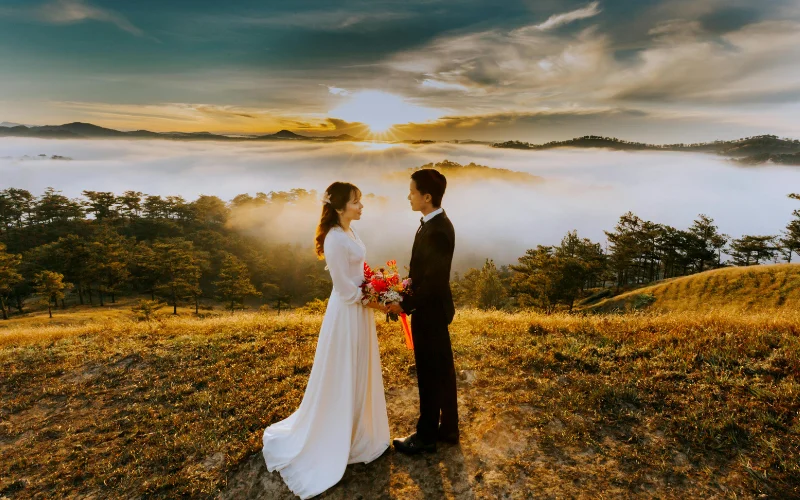Every Friday before the last lights have fallen, there’s a prayer beginning in Texas. It’s in the football locker room where everyone’s gone quiet, even those you’d never want to meet alone. The prayer begins with a hush, slowly it builds, then soon all the team — from the big uglies who’ve never prayed to the coaches, the trainers, and the few family allowed in — everyone, soon suddenly yelling holy to the high heavens. “Lead us,” we all say. “Lead us not into temptation but deliver us from evil,” then nothing, silence. Everybody on their knees looking down, there was always knowledge that some of us wouldn’t finish the game.
In Texas, football swerves in and out of your life whether you wanted it to or not. In high school, you already knew the legends: Friday Night Lights. Explosions in the Sky. Clear eyes, full heart . . . all that. On the field, all the pain and the blood motivated us. Still young, we were caught in the imagination of glory. That was Texas and Texas is football. And that’s why I was drawn to Los Angeles photographer Emily Berl’s work. Her two projects Our Boys and Along the Way, TX sent me back to those nights in the fall. But this isn’t about those nights, though it seems like it is.
This interview is about her eye, and how she sees light. Having worked with the New York Times, Esquire, and all the rest, you know she has a special ability to capture it. But above her way with light is her empathy. I would’ve never been pulled into her two projects about West Texas unless she captured the last lights of fall the way I remembered them, the way I felt them. Only a truly empathetic photographer could do that. She uses light to tell stories the way they would’ve told themselves. In sharing her feelings, her photographs come like those prayers in Texas: quiet, then, a holy yell.
And I’m going to share another song. It’s at the bottom. I think it goes perfectly with everything above and below.
In this interview, Emily Berl talks about what she’s learned from working with the NYT, explains her projects in West Texas, and reveals how she works with natural light.
You’ve worked with everyone from the New York Times to the FADER. How did you get your start? How would you describe your work?
I went to school for photojournalism and art history at Boston University. After graduation, I did a summer internship at a newspaper in New Hampshire and afterwards moved to New York City. I knew I wanted to be involved in the photo world in some capacity, but I wasn’t sure if the daily paper route was right for me. I got a job managing the film department at a pro photo lab in the Lower East Side. I worked there for a couple years and it was great experience. I learned so much about how magazines are run and how pictures are used in all different types of media. But after a few years, I realized that I was tired of working on other people’s pictures and wanted to take my own. So I quit my job and moved to a small town in west Texas for a few months to work on a photo story about high school football culture. Texas was an amazing experience, and it was my first time really being on my own and working on a project that was completely mine. When the project was over, I went back home to New York and started showing it around. I sent the photos to everyone I could and eventually an editor at the New York Times responded and brought me in for a meeting. He started giving me assignments for the Sunday Metropolitan section of the paper, a very cool, photo-heavy local section. From there, I branched out into other sections of the paper and to other publications as well. I always feel like my work is in a state of transition, so it’s never easy for me to describe. Although I shoot lots of things, I like to think my best work is documentary portraiture. There is a certain feeling I like my pictures to convey although I’ve never been able to pinpoint it. It’s amorphous, but I know it when I see it.
What are some lessons you took away from working with high-profile clients like the New York Times? What influence have they had in your process?
Working for the NYT has been a great experience. I’ve had the opportunity to shoot such a wide variety of subjects, and I’ve been exposed to things I never thought I would have seen. Shoots for the Times vary widely. You can be taking pictures of school lunches in the morning and a celebrity in the afternoon. Working for the Times has taught me how to think on my feet and work within any situation. You have to be flexible and adapt to the unexpected. Even when I’m shooting for other clients or working on an assignment that I have more time to plan, I try to keep the same mindset.
Were you ever unsure of your talents? If so, how do you talk away insecurities?
I’m still unsure about my abilities as a photographer. While I like the photos I take, I always worry if they’re good enough. I worry whether every shoot will work out. I’m constantly questioning myself, and it can really get to me. I feel like I can be insecure on my own, but when I’m on a shoot I have to put that all behind me. Even if I’m not 100% comfortable in the situation, it’s important to come off as confident and self-assured. Eventually, real confidence will follow.
What was your first – very first – childhood memory? Do you think it might have influenced your work?
Honestly, I don’t remember what my first childhood memory was. I do have a memory of a very early birthday party in my backyard where my parents had a woman dressed as a fairy godmother come perform. There’s a picture from the party that’s been in my house ever since. I’ve never been able to figure out if I actually remembered the party or if my memories of it are totally based off of the photo. Either way, it feels like I remember it, isn’t that what a picture is supposed to do? I’m not sure if it influenced my work at all, probably not, but who knows.
Natural light figures heavily in your work. You always seem to find the perfect balance between light and shadow. You’re precise. What’s the attraction of natural light to you? Photographically speaking, how did you develop this way of seeing?
I love working with natural light. I’m not really sure how I started leaning that direction, but the majority of photographers I admire use mostly natural light or use artificial light that appears natural. To me it feels more real, less slick and polished. Don’t get me wrong, there’s something amazing about a complicated, highly lit picture. I very much admire anyone who shoots that way, but personally, I emotionally connect to pictures that are simpler and more natural. Also, I prefer taking more spontaneous, less posed photos, and not having to light every situation helps that a lot. I feel like it’s a more intimate experience with the subject if it’s just you and a camera and not a ton of lights and gear. There are also practical reasons. Working with newspapers, there’s generally not enough time or budget for lots of lighting and production, so being able to make a picture with only natural light is critical. But since moving to Los Angeles almost two years ago, I’ve put a lot of effort into developing my lighting abilities. While I still use mostly natural light, I’ve been working on finding a lighting style that fits into my work the same way unlit photos do.
You’re able to read emotion really well. For example, in this one you find an authentically reflective moment. How do you approach direction? Could you explain how this image was made from start to finish?
This is one of the few photos on my website that is purely a news photo. It was taken on assignment at a Haitian church service in Brooklyn a couple days after the 2010 earthquake in Haiti. I was walking around the church and happened to wander into the back room and I saw this woman taking a quiet moment to herself while watching the service through the door. I didn’t direct this situation at all. She was just standing exactly how she appears in the photo. I stood in the corner and took a couple frames. For news assignments, that’s how you have to work. You just take what the situation gives you and sometimes something beautiful comes from it.
Unlike news assignments, in portrait sessions I direct a bit more but not a ton. I like to choose a location for the picture and then see how the subject interacts within that environment. Generally, people find their own way to be comfortable in a frame, and all I do is make slight adjustments. There’s an element of collaboration there. Occasionally, someone will be a bit unsure or uncomfortable in front of the camera, so I’ll direct a bit more until we find a pose that fits. One good thing about shooting celebrities, or other people who get photographed a lot, is that they know what works for them. They’ve posed a ton of times and know what looks right. That often makes a session easier. Sometimes you only get a couple minutes with a celebrity, but often that’s enough time to make a good picture because they’re pros. The challenge then is to get something different from them and not make the same photo as everyone else.
And in this one, you’re able to communicate to the viewer – or at least to me – that this sunless office desperately needs a vacation. When out shooting, how do you find stories in ordinary environments like these?
For this picture, I feel like it just fell in my lap. I walked into this school administration office and the photo of the beach just jumped out at me. This was actually shot while working on a story about high school football in Texas, and while I tried to fit this picture into that edit, I realized that it just didn’t work in that story. But even though it didn’t fit there, it made it into another project that developed later. I feel like keeping an open mind to situations and people you come across is important. I try to remind myself not to just look for the photos I’m expecting to find, but to keep an open mind. Shoot everything and sort it out later because if you’re too narrow-minded about what a project should be, you can overlook something really wonderful.
Would you consider yourself a highly empathetic photographer?
I think I am an empathetic photographer. When I’m taking pictures of people, I don’t seek their approval, but I do want them to be comfortable with the situation and not regret that they let me take their picture. I feel like in photography, especially portrait photography, we’re always asking for favors. It takes a great deal of trust to let a photographer take your picture, especially now, when people are so media savvy and understand much more about imagery and the internet. I think it’s really important to keep that trust in mind and try to respect it as much as possible.
Without photography, what experiences in life would you have missed? What has photography taught you about how we immortalize our moments?
Without photography, I have no idea what else I would be doing. I’ve learned so much about my own world through photography. It gives me an excuse to talk to people I would never have had the opportunity to meet without it. I’ve met celebrities, artists, musicians, scientists, writers and everyday people who are immensely interesting. I’m not the type of person to walk up to someone and ask about their lives, but with a camera, I can be that person. It gives me an outlet for my curiosity and an excuse to be nosy. I always think about the Susan Meiselas quote: “The camera is an excuse to be someplace you otherwise don’t belong. It gives me both a point of connection and a point of separation.” Photography has taught me that while every picture is not a totally accurate representation of any specific moment, the feeling that a picture conveys is most important. I’m not as concerned with my photos being historical documents from a certain time, rather, I want them to evoke some sort of emotion with the viewer and I want that emotion to last.
Be sure to check out all of Emily’s work on her website!

